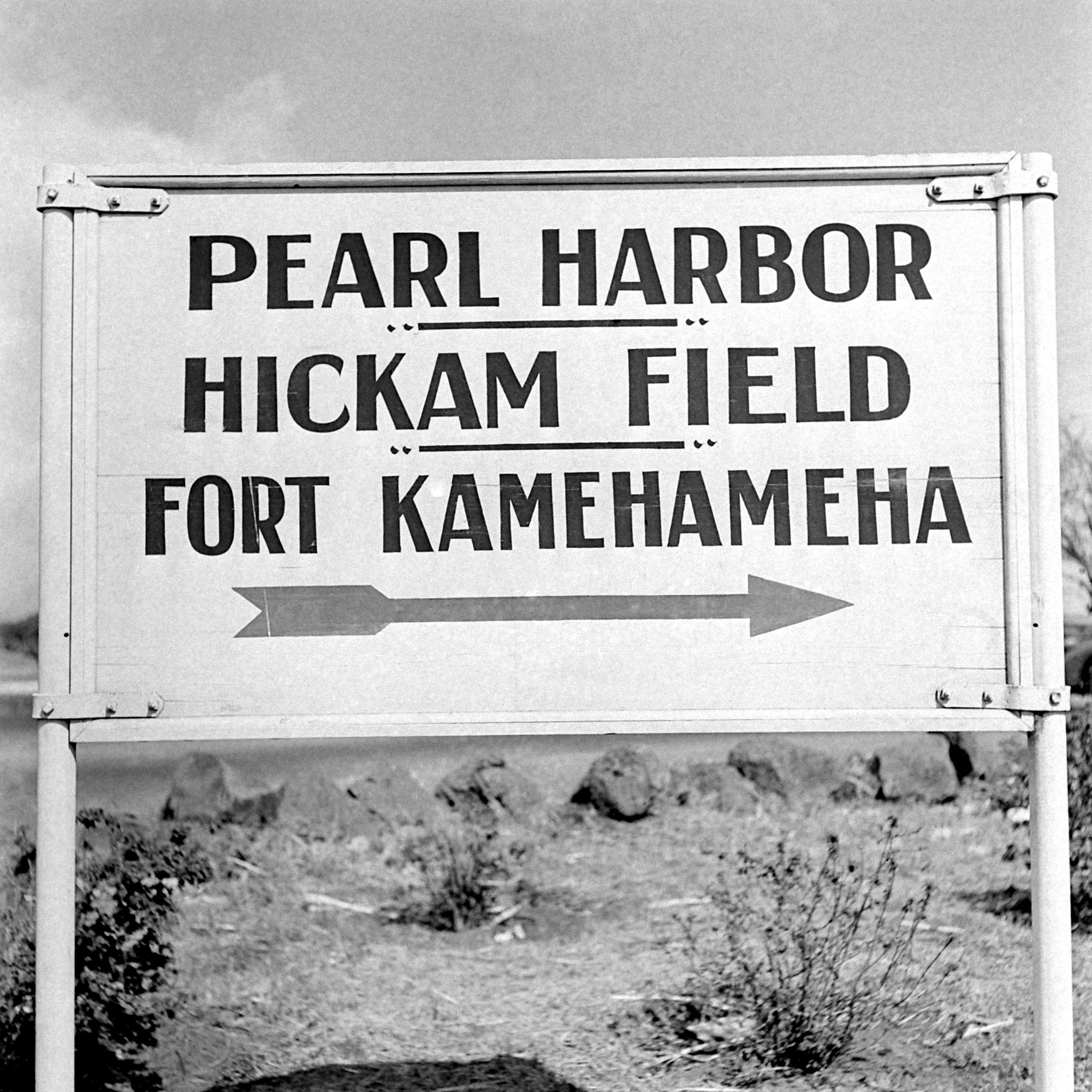
President Franklin Roosevelt declared Dec. 7, 1941 — when Japan launched more than 350 fighters, bombers, and torpedo planes against the U.S. naval base at Pearl Harbor in Hawaii — a “date which will live in infamy.” In fact, that Sunday morning is so seared into America’s memory that the tumult of the critical weeks and months afterward, as the U.S. responded to the attack, is often overlooked. Here, on the anniversary of Pearl Harbor, LIFE.com presents photos — most of which never ran in LIFE magazine — from Hawaii and the mainland, chronicling a nation’s resolute reply to an unprecedented act of war.
Japan’s early morning assault on Pearl Harbor, on the island of Oahu, lasted less than two hours, but took an incredible toll: four battleships sunk, 188 aircraft destroyed, 2,403 Americans killed. For its part, Japan lost 64 men and 29 planes.
At the time of the attack, there were roughly 50,000 troops based at Pearl Harbor. Afterwards the number of soldiers spiked; there were several hundred thousand stationed in Hawaii by 1945. (The number dropped to less than 70,000 by 1946.) “Out of the Pacific skies last week,” LIFE magazine wrote in its Dec. 15, 1941 issue, “World War II came with startling suddenness to America . . . With reckless daring Japan aimed this blow at the citadel of American power in the Pacific.”
The Navy, which was able to salvage an astonishing number of ships damaged or sunk by the Japanese, could not fully salvage the battleship USS Arizona (slides 1 and 3 in the gallery.) Today, the spot where the massive ship went down is the site of the USS Arizona Memorial, which straddles the sunken hull and commemorates the events of that long-ago Sunday. Of the 1,177 Arizona sailors killed that day, 1,102 have the ship as their final resting place.
Like so many vessels that saw action in World War II, the Arizona was built at the Brooklyn Navy Yard, founded in 1801. The yard had contributed ships to every American conflict, including the War of 1812, the Civil War and World War I. As the pictures in this gallery attest, it would prove absolutely essential to the war effort during WWII.
As a matter of fact, as the Japanese Navy grew during the 1930s, many ships had already been transferred from Brooklyn to the Pacific to deal with the potential menace. This created room for new ships to be built — and as America was faced with the prospect of a global war across continents and on the world’s oceans, construction of and repairs to battle ships, destroyers and other naval vessels grew increasingly urgent.
Within days of the attack the eyes of America were, understandably, focused on Pearl Harbor and the Pacific. (Left: A young boy from the Madison Square Boys’ Club in New York carries a bundle of newspapers On Dec. 8, 1941, the day after the attack, including the New York Mirror which bears the headline “Japs Declare War.”)
But thousands of miles away from the scene of the Japanese assault, the Brooklyn Navy Yard was already ramping up production for what looked to be a long, long war.
At its peak during the war, the Brooklyn Navy Yard employed more than 70,000 people, including many women, who for the first time held jobs as welders and ship-fitters. But the size of its workforce wasn’t the yard’s only impressive aspect: to transport materials where they were needed, the Brooklyn Navy Yard employed 11 locomotives — with 199 railroad cars. Much of the work at the yard involved making ships ready for the sea by loading them with fuel, food and ammunition.
The Brooklyn yard itself ceased being used by the Navy in 1966. By that time, its work force was down to around 9,000 employees.
[MORE: LIFE VR’s Pearl Harbor virtual-reality experience.]
LIFE magazine’s response to the attack and its aftermath, meanwhile, offers an illuminating glimpse into the thinking not only of the magazine’s editors, but the nation as a whole late 1941 and early ’42.
“In the face of an attack so clear that no man could argue it,” LIFE declared to its readers in mid-December, “the nation stood absolutely united. Senator [Burton K.] Wheeler, the leader of the Isolationists, spoke for all when he said: ‘The only thing now is to do our best to lick hell out of them.'”
Japan’s daring was matched only by its barefaced duplicity. There was no warning — not even such an ultimatum as Hitler is wont to send as his legions pour across some new border. At the very moment the first bombs fell on Pearl Harbor, Japan’s two envoys in Washington were in [Secretary of State Cordell] Hull’s office . . . making their blandest protestations of peaceful intent.
Ambassador Nomura and Envoy Kurusu had come with the answer to Hull’s note [of protest to the Japanese delegation in D.C.]. Hull read it through and then, for the first time in many long, patient years, the soft-spoken Secretary lost his temper. Into the teeth of the two Japanese, who for once did not grin, he flung these words: ‘In all my 50 years of public service I have never seen a document that was more crowded with infamous falsehoods and distortions — on a scale so huge that I never imagined until today that any government on this planet was capable of uttering them.’
How much or how long it would take to lick Japan, no man could say. There will surely be more naval losses and more strong attacks on American islands because Japan has a strategic and tactical advantage at the outset of the war. It will take not only all-out U.S. military might but great persistence and great courage to hurl back attack and win the final victory.
Close observers of Japan have said for years that if that country ever found itself in a hopeless corner it was capable of committing national hara-kiri by flinging itself at the throat of its mightiest enemy . . . [On December 7] it took the desperate plunge and told its enemies in effect: ‘If this be hara-kiri, make the most of it.’
The American people got over the first shock of war and began to chart their course with wisdom and resolution. They saw the blitz attack on Pearl Harbor in its true perspective as a heavy blow but not an irretrievable disaster. They took heart as American fighting men from Midway Island to Manila began to create a new saga of ability and heroism.
Japan is no less real or dastardly an enemy than Germany. Japan yields to no nation as an aggressor. It was committing aggression against China while Hitler was still a beer-hall orator. The aggressor nations are all equal enemies but, while England and Russia fight Hitler, Japan is America’s own particular adversary.
World War II lasted four more years, until Germany surrendered in May of 1945 and Japan surrendered in September of that year, in the wake of America’s destruction of Hiroshima and Nagasaki. The attack on Pearl Harbor, meanwhile, rather than heralding Japan’s greatest victory, turned out to be an act of belligerent folly that, in elemental ways, guaranteed the Land of the Rising Sun’s eventual defeat.
— Ben Cosgrove is the Editor of LIFE.com
Liz Ronk, who edited this gallery, is the Photo Editor for LIFE.com. Follow her on Twitter at @LizabethRonk.
Newsboy photo: Dmitri Kessel—Time & Life Pictures/Getty Images
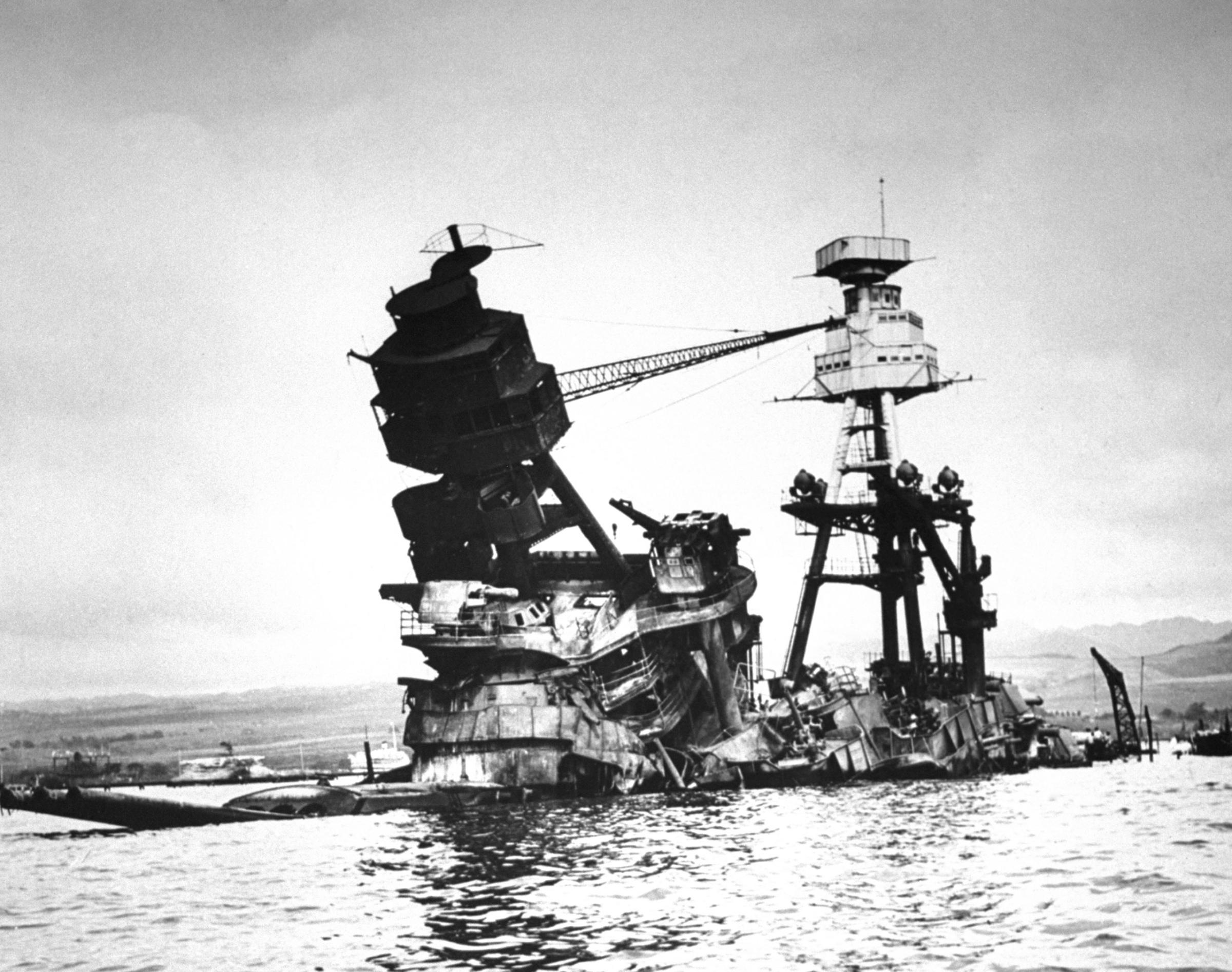
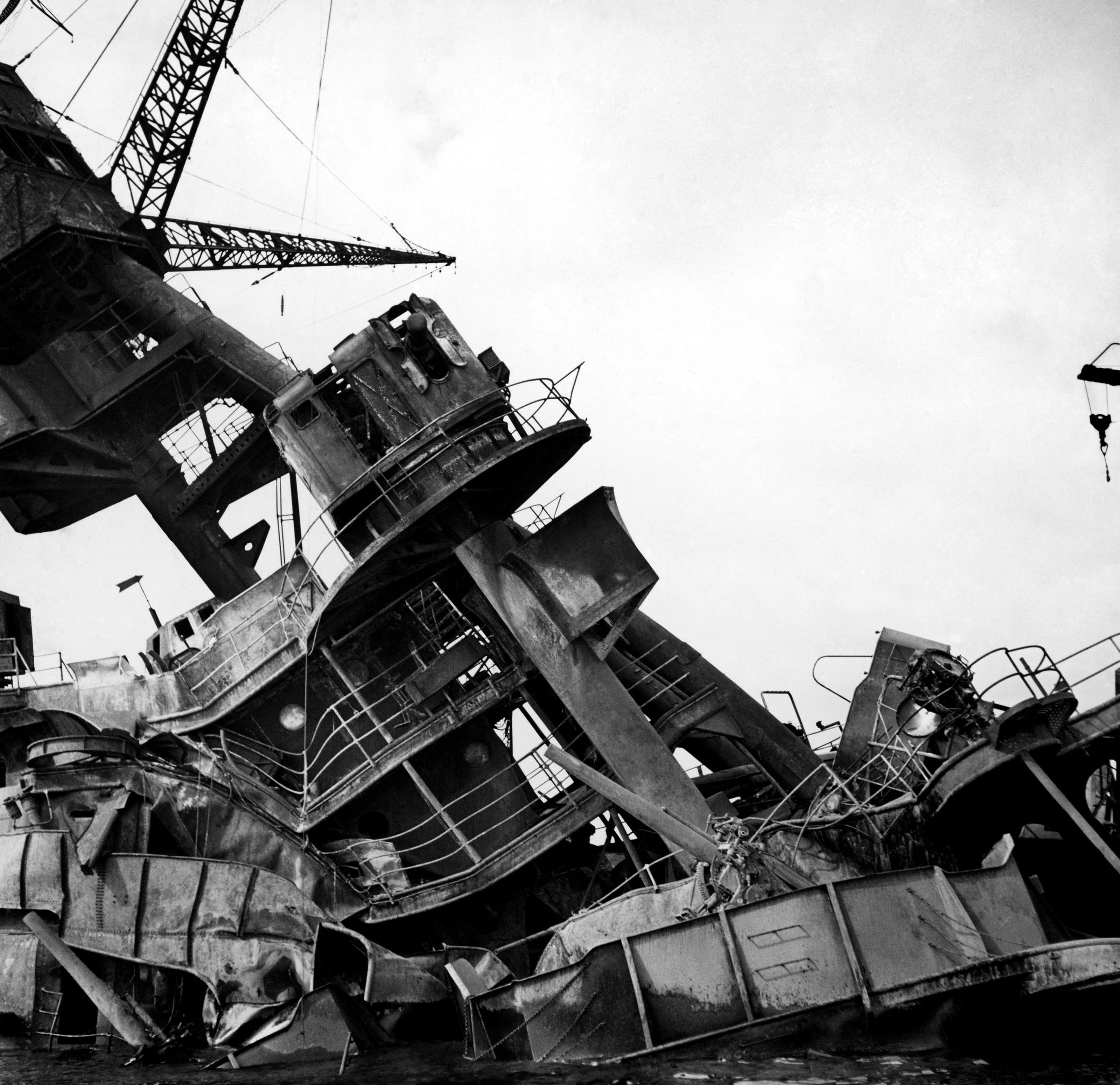
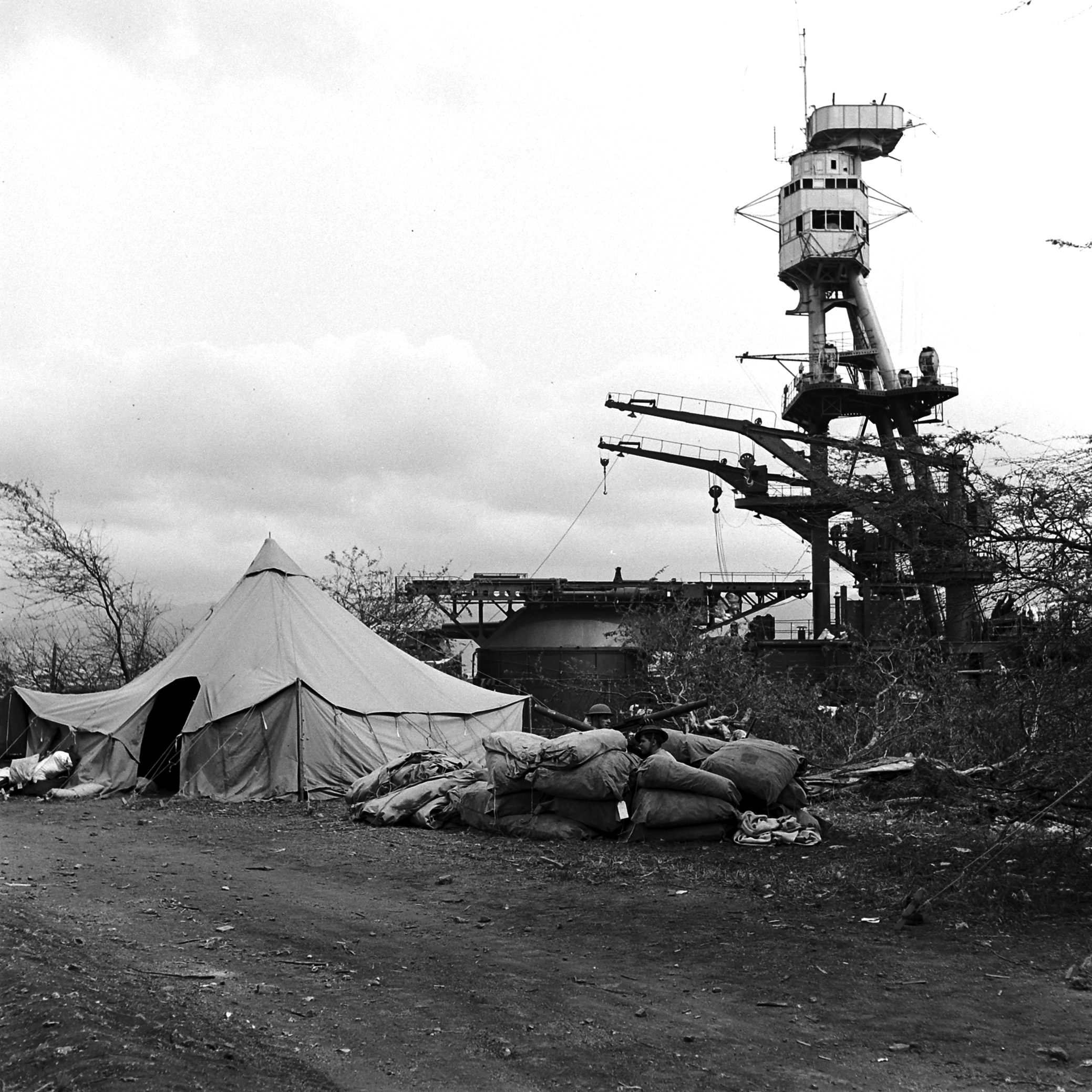
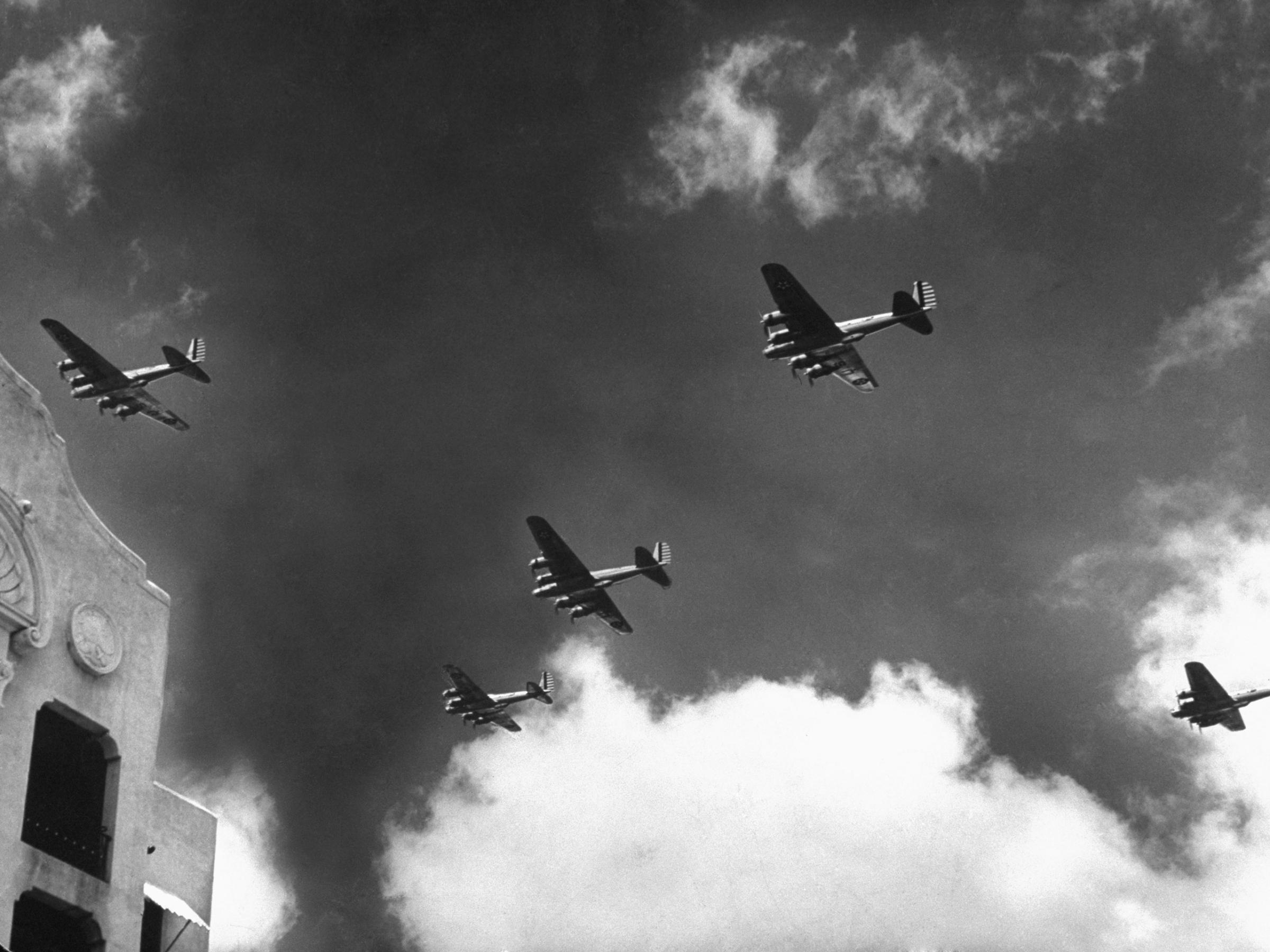
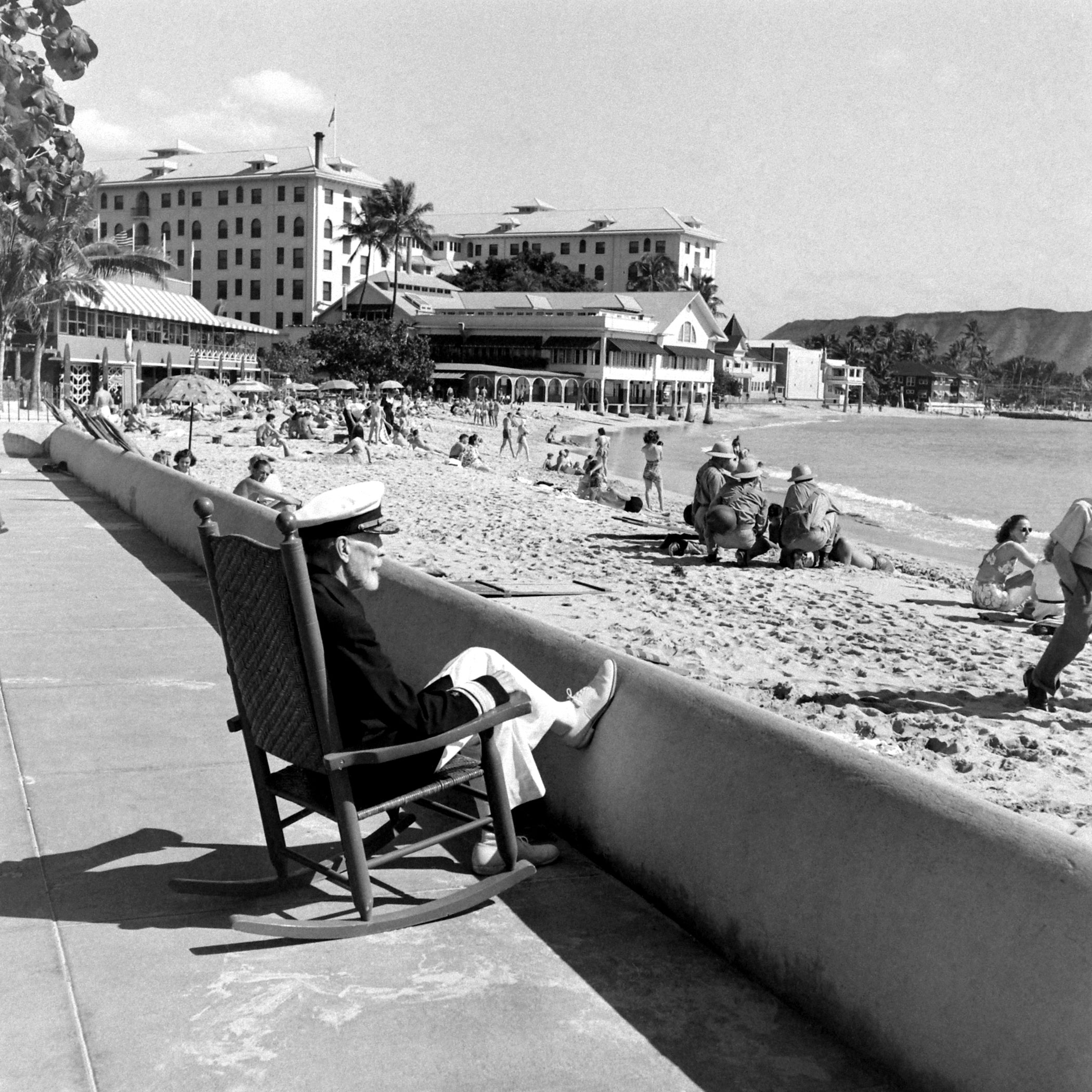

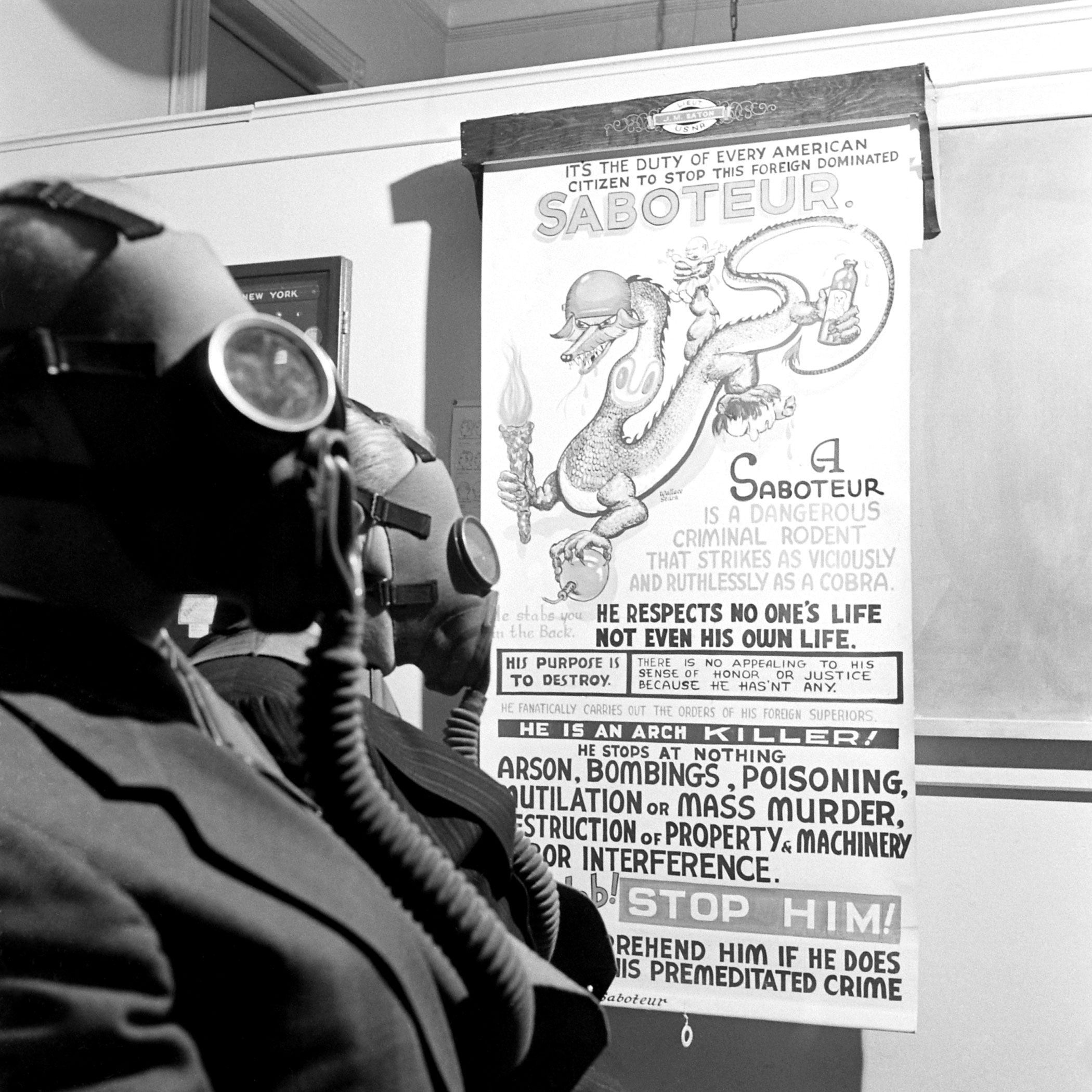


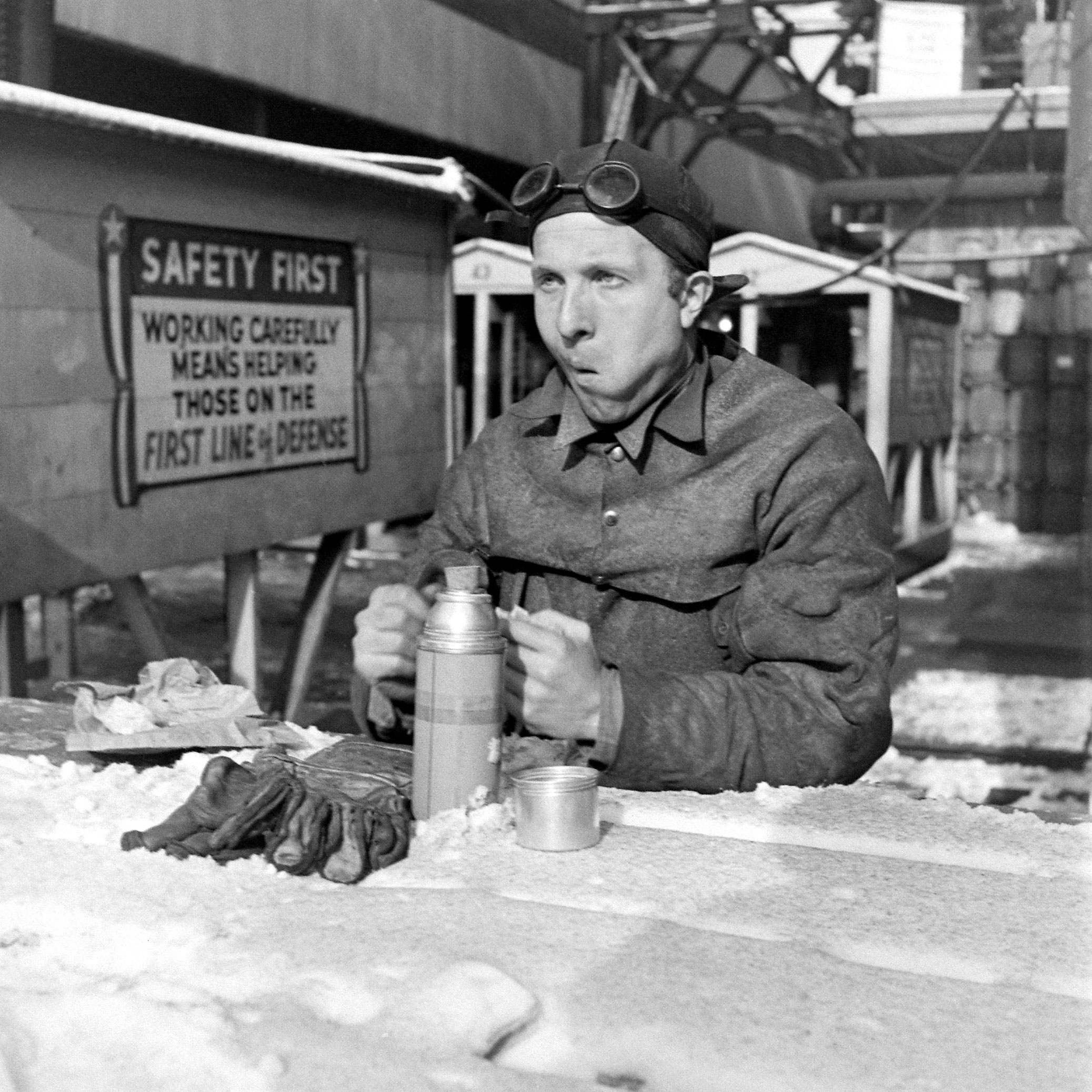

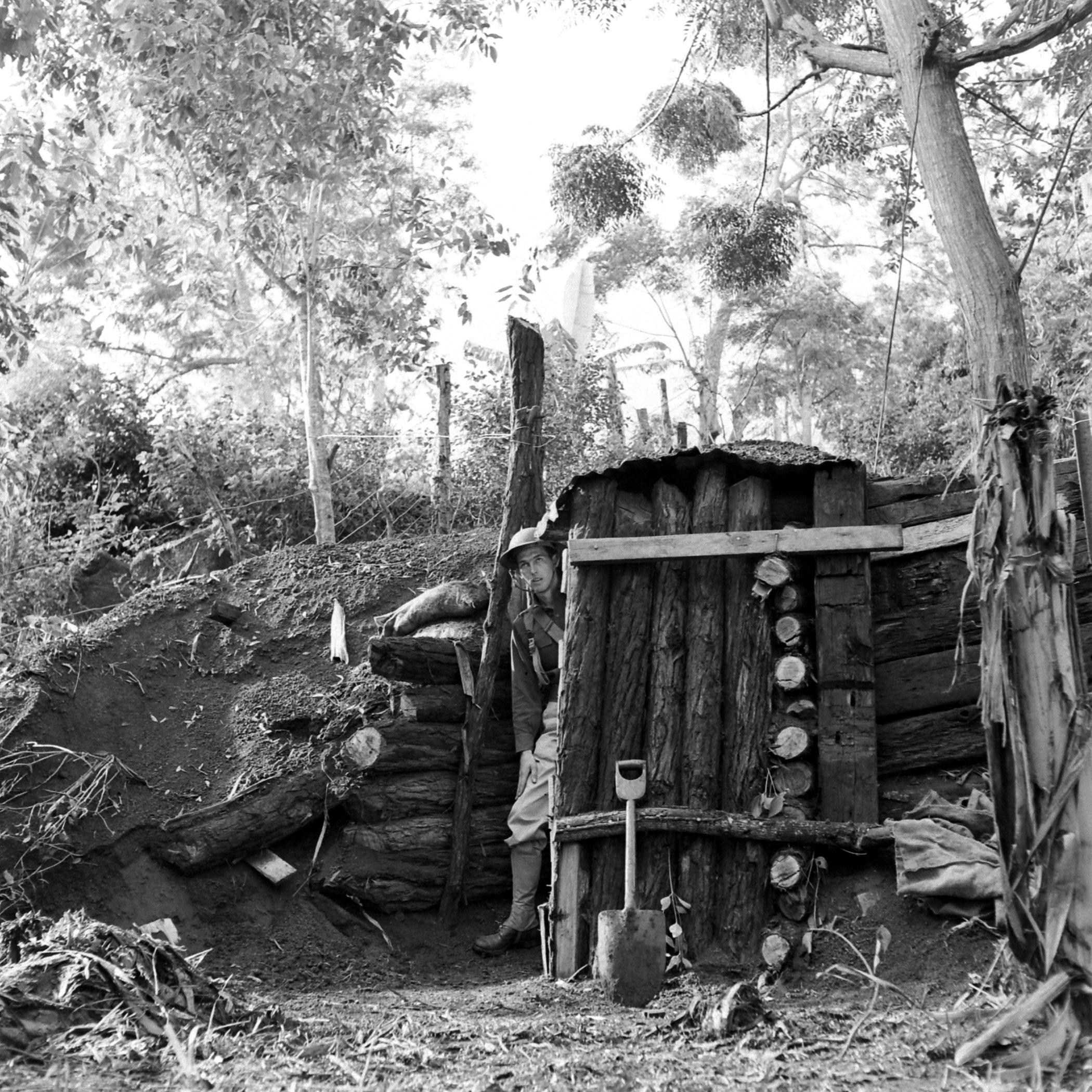

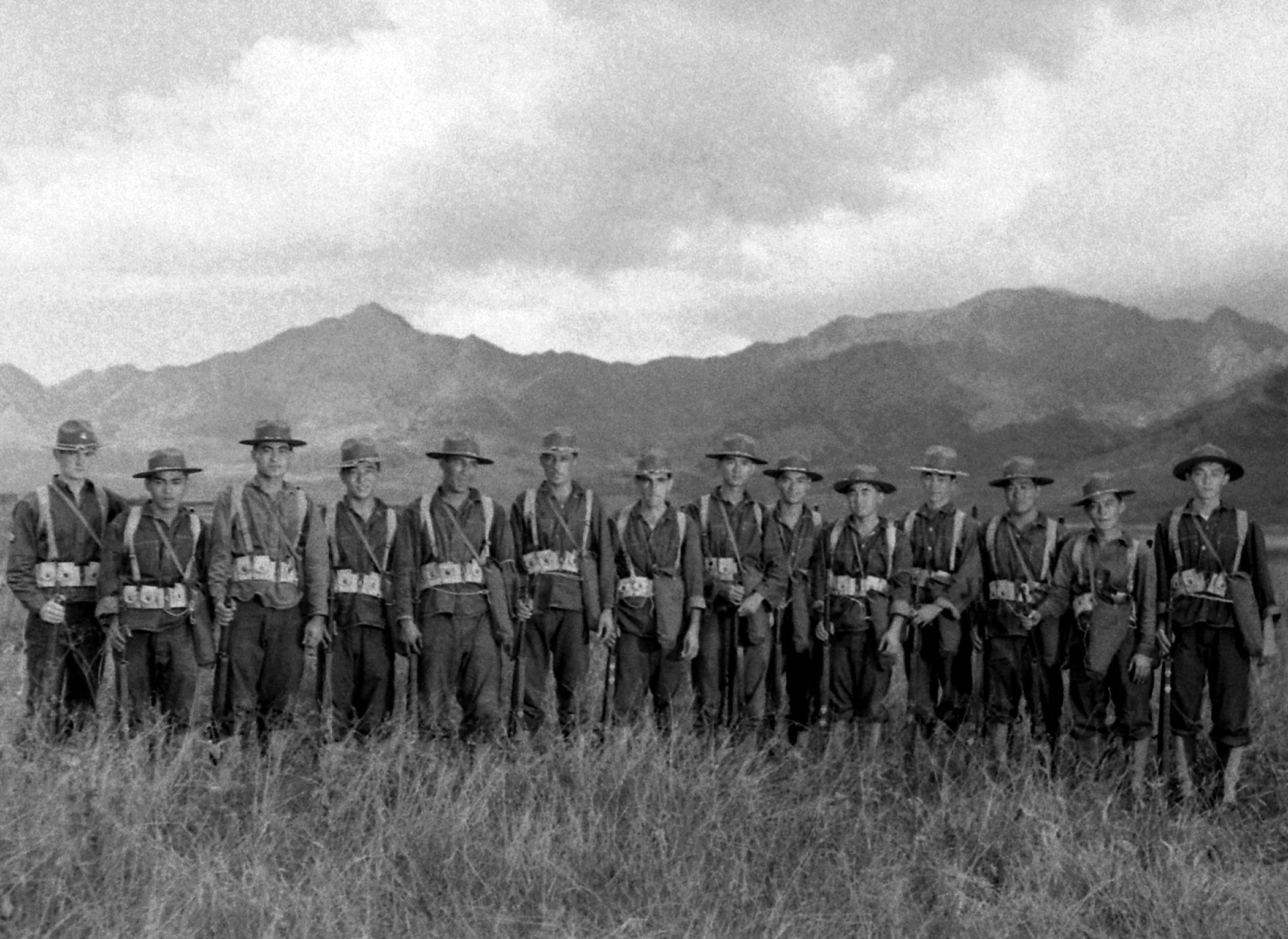

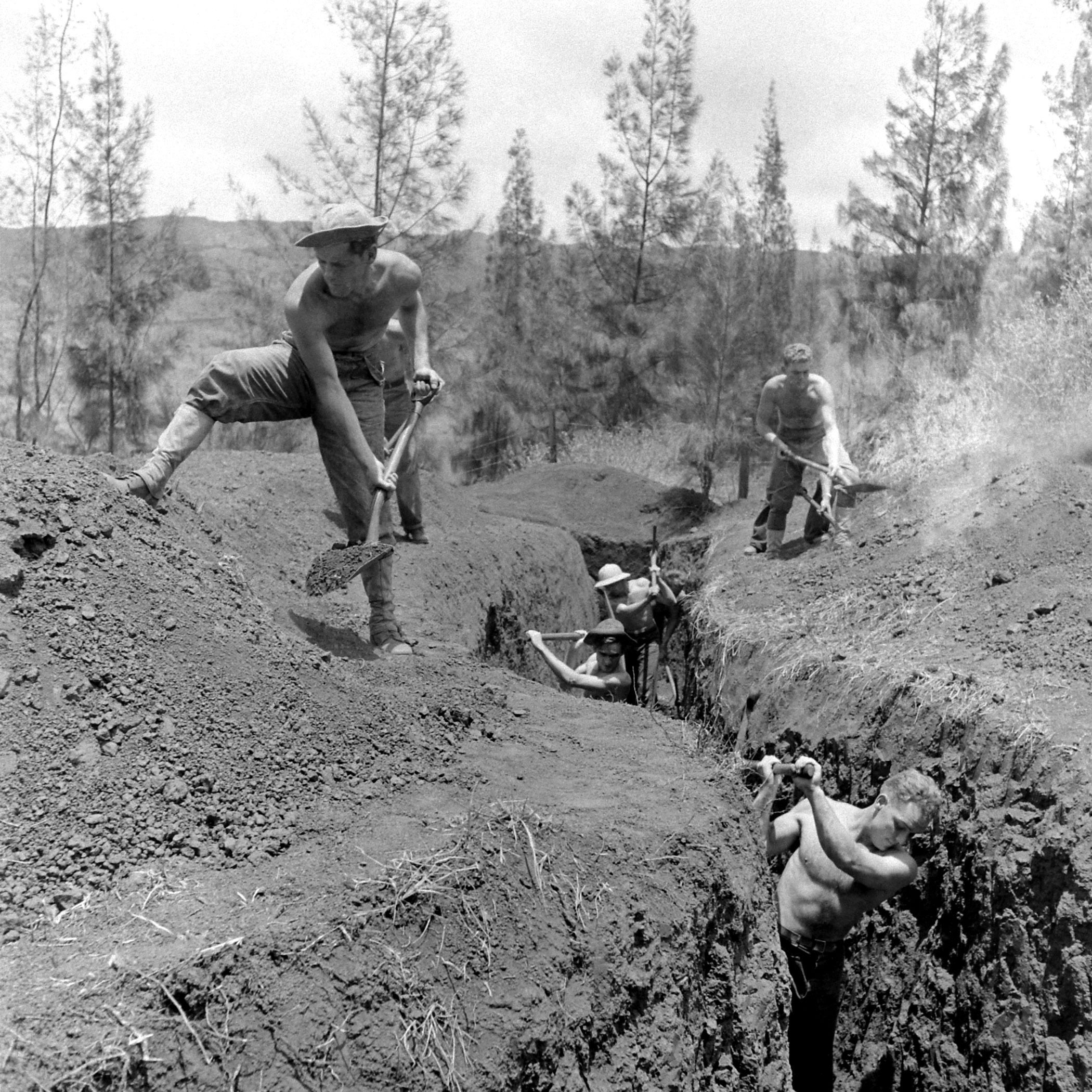
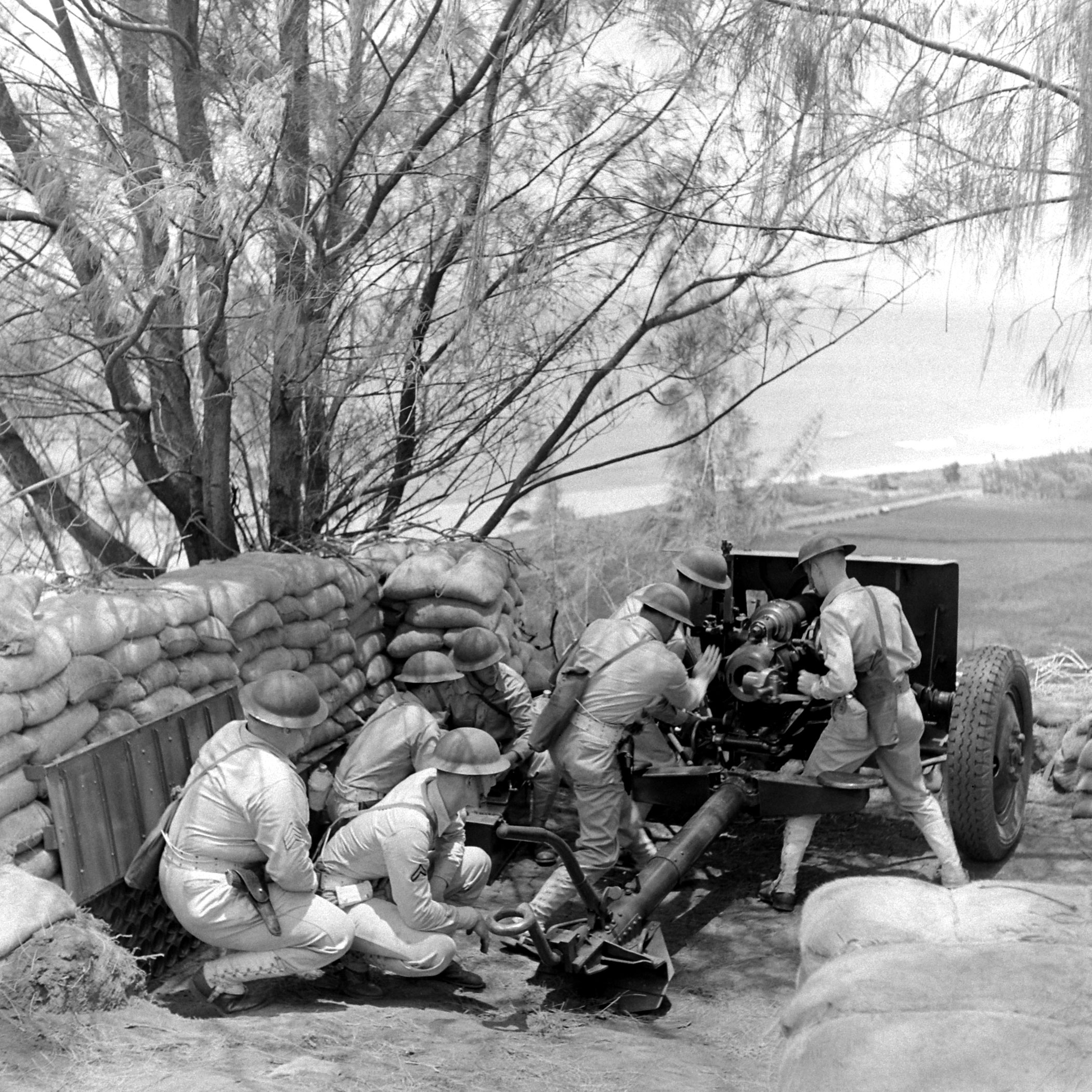

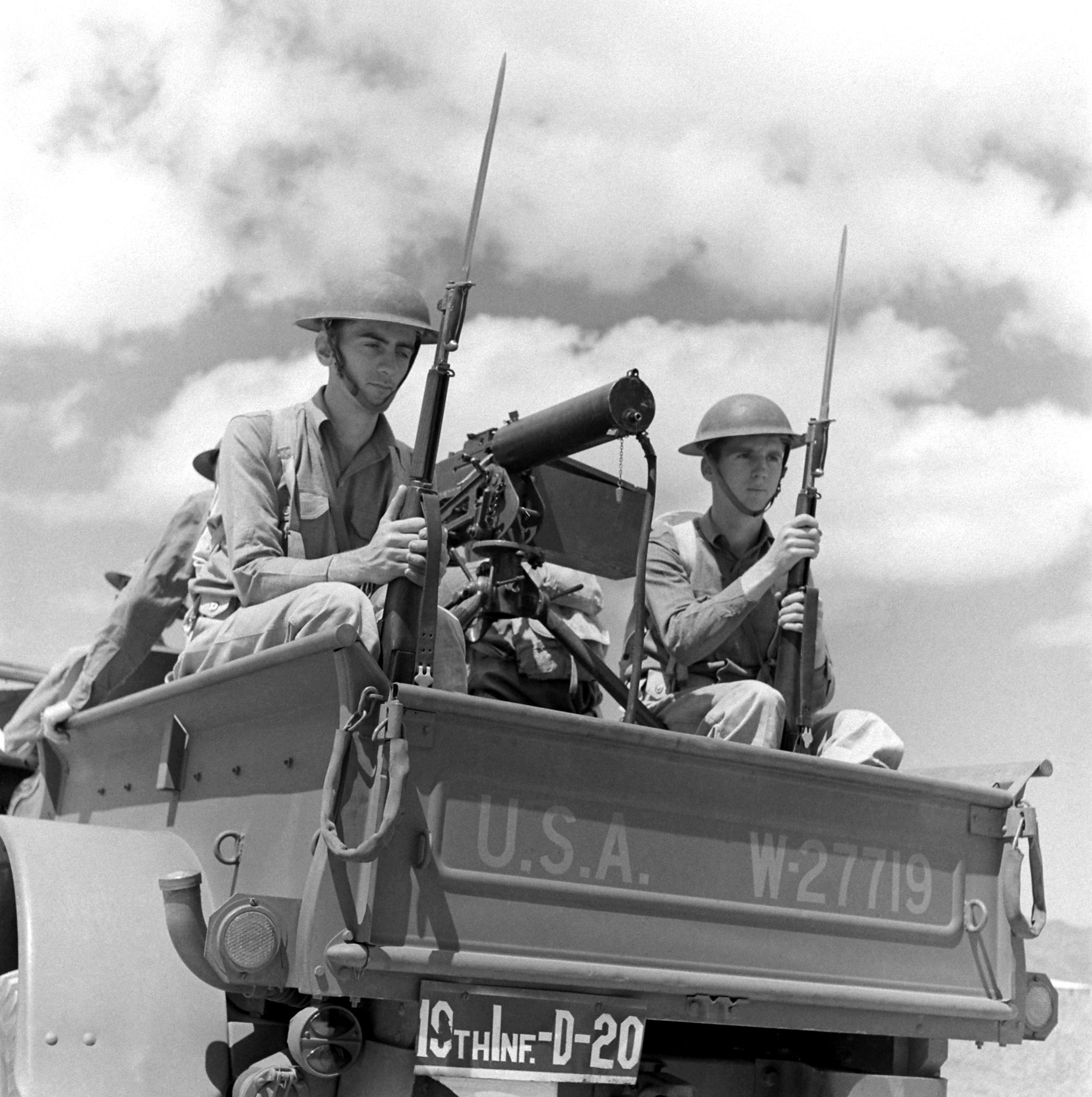

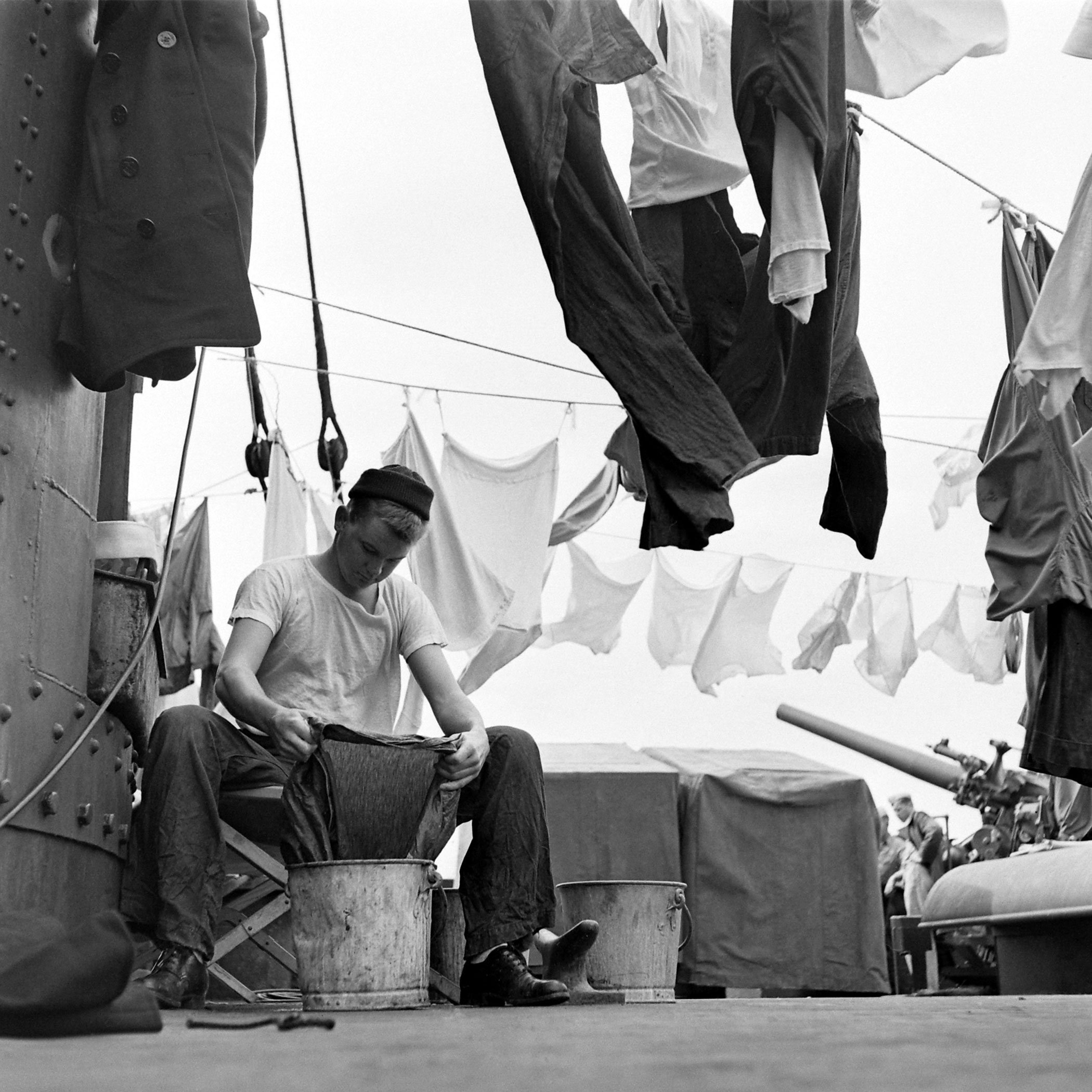
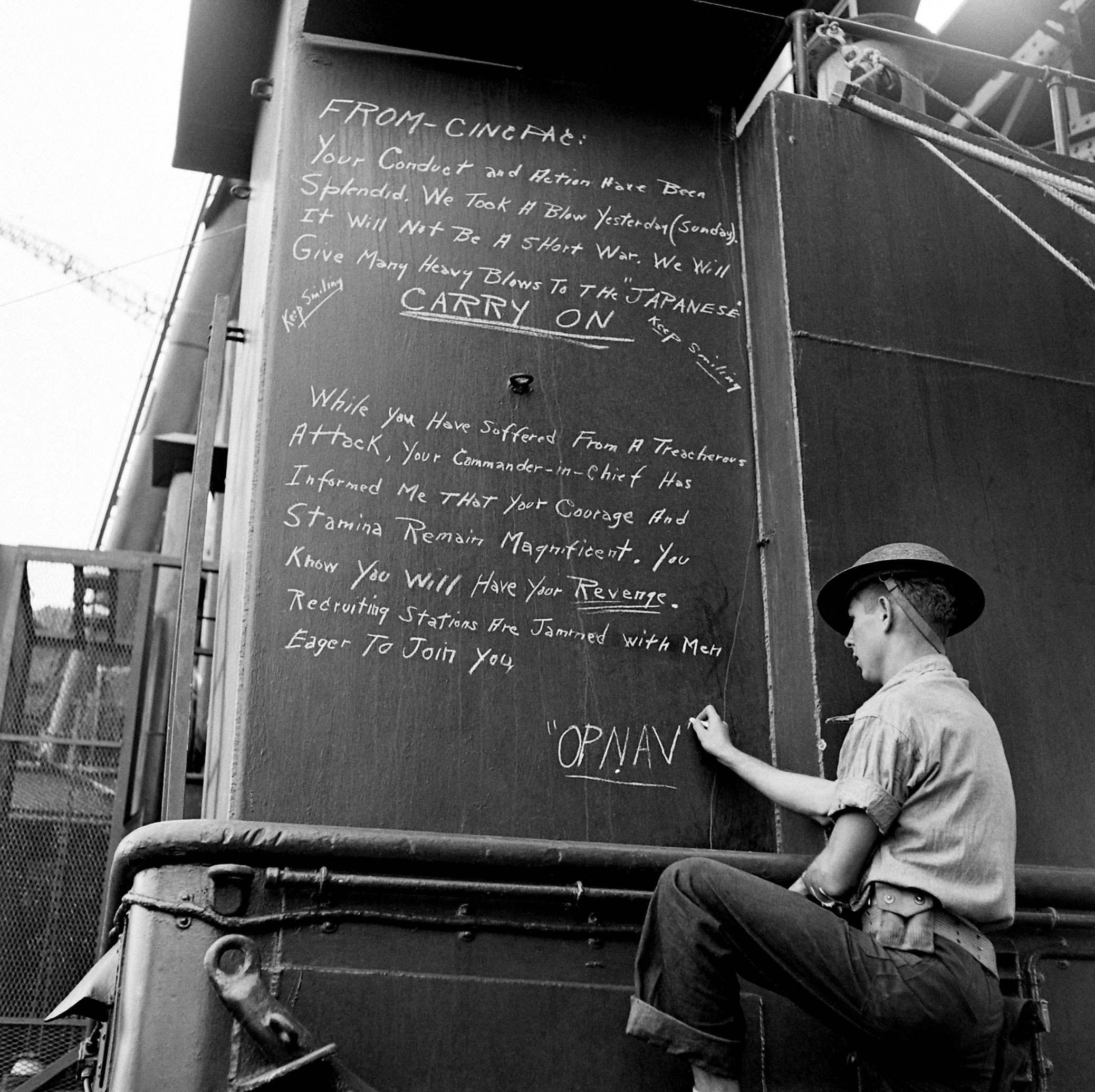
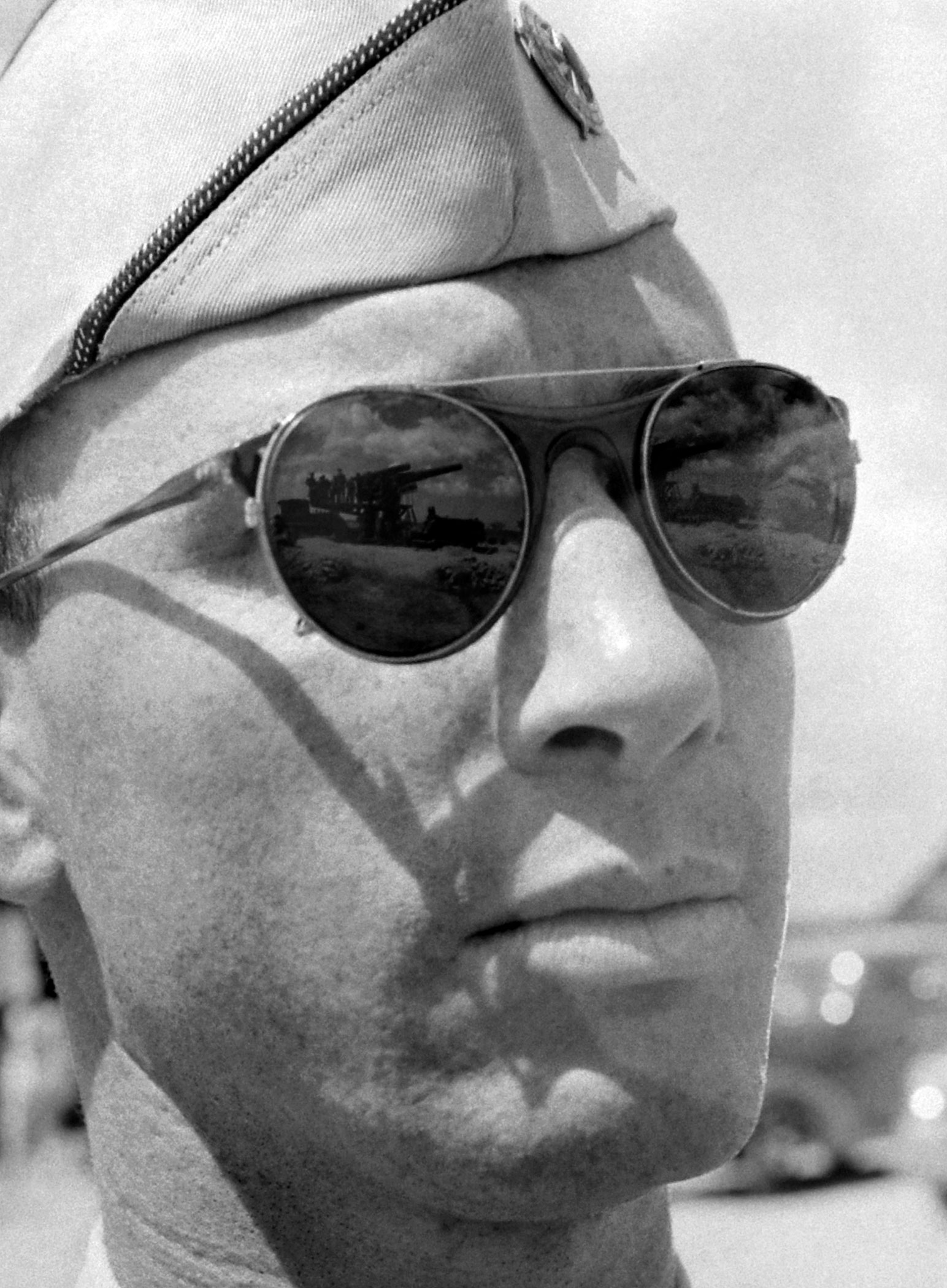
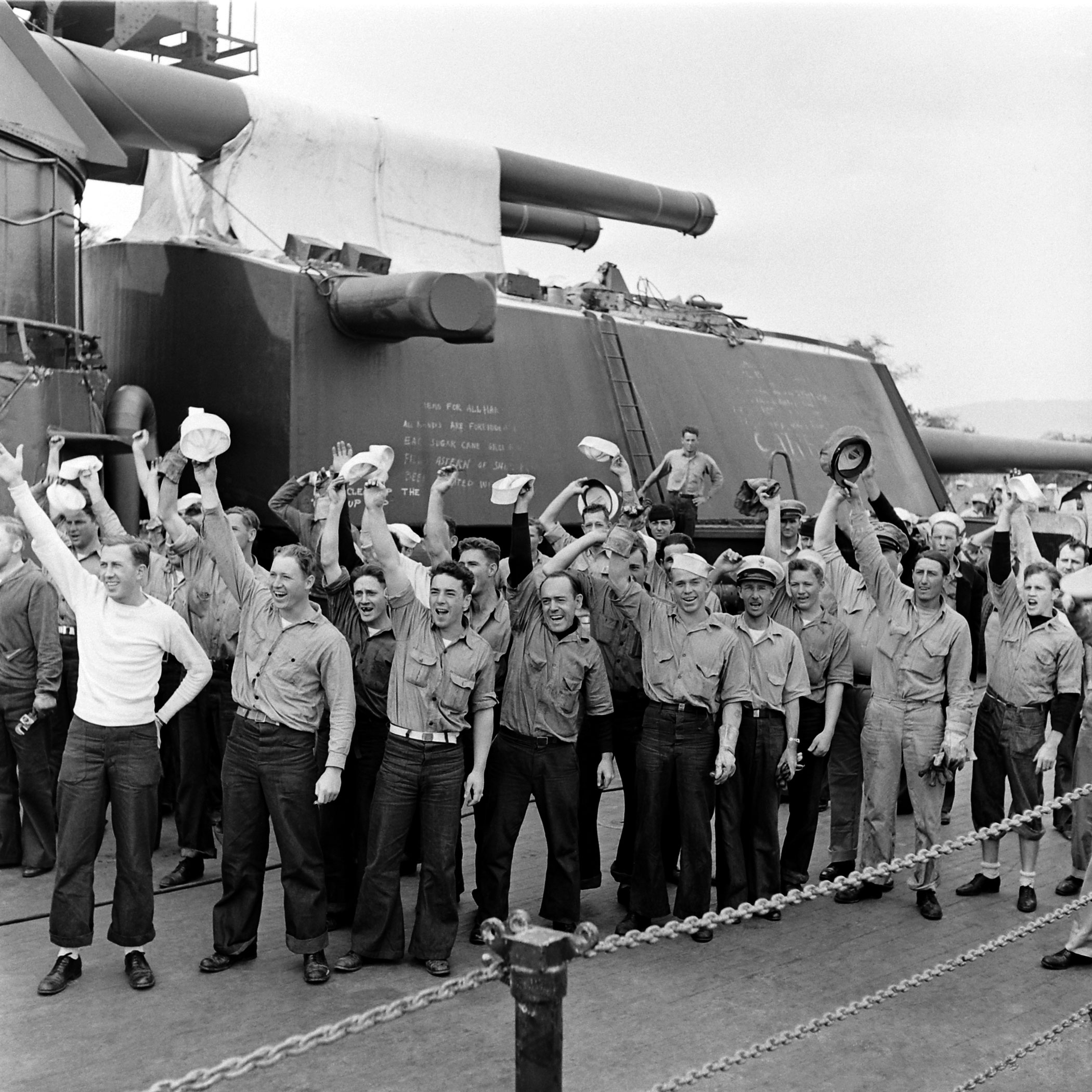
More Must-Reads from TIME
- Cybersecurity Experts Are Sounding the Alarm on DOGE
- Meet the 2025 Women of the Year
- The Harsh Truth About Disability Inclusion
- Why Do More Young Adults Have Cancer?
- Colman Domingo Leads With Radical Love
- How to Get Better at Doing Things Alone
- Michelle Zauner Stares Down the Darkness
Contact us at letters@time.com